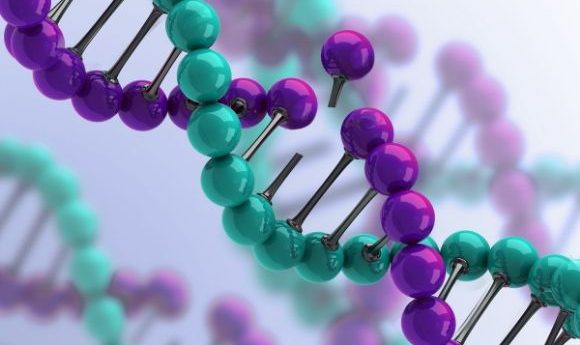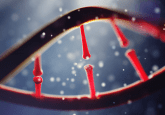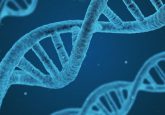CRISPR—Cas9 induced off-target mutations are rare

Researchers assessed mutations in laboratory mice where CRISPR—Cas9 gene editing was performed in founder mice and discovered that Cas9-induced off-target mutations were rarely identified.
There have been conflicting findings on the degree to which CRISPR—Cas9 induces off-target mutations. However, these reports are limited as the majority investigate only a few guide RNAs, potentially resulting in sequence or chromosome location bias.
Now, the same research group carrying out the Knockout Mouse Phenotyping Project have investigated the degree of the problem of CRISPR—Cas9 induced off-target mutations in mice models using 162 different guide RNAs.
Through their work on the Knockout Mouse Phenotyping Project, the researchers frequently use CRISPR—Cas9 gene editing to produce mice with specific mutations. Therefore, this is an issue frequently encountered by the group.
“We wanted to know: to what extent do we need to worry about off-target mutagenesis?” stated Lauryl Nutter, project lead on this study and senior director of the science and technology development at The Centre for Phenogenomics at the Centre for Sick Children (ON, Canada).
The team used performed 51 CRISPR—Cas9 genome editing experiments in mouse embryos to produce specific mutations that would be passed to the descendants. Then, using whole genome sequencing, the team assessed mutations in these genomes as well as 25 inbred control mice.
- Q&A: what does the future hold for CRISPR?
- The evolution of CRISPR
- Novel CRISPR—Cas9 nano-carrier shows promise for therapeutic applications
CRISPR—Cas9 induced off-target mutations were identified for 20 genes, with an average of 2.3 per line. For the remaining 31 lines, no off-target mutagenesis was identified. In comparison, the researchers identified an average of 3500 naturally occurring mutations unique to each animal.
“Surprisingly, these results show that the number of naturally-occurring mutations far exceeded those introduced by Cas9,” Nutter remarked. “They also show that when guide RNAs are properly designed, off-target mutagenesis is quite rare.”
As well as quantifying the extent to which CRISPR—Cas9 introduces off-target mutations, the findings also had important implications for the use of inbred laboratory mouse lines in genetic research.
“Historically, we have used inbred mouse lines to study genetics in mice because their genomes differed only at certain, defined places, and we’ve assumed that any difference between the mice is due to those differences,” Nutter explained. “However, we found that even among mice in the same litter, there could be thousands of naturally-occurring genetic differences.”
The researchers hope that the findings from this study will positively impact the use of control groups and experiment design in gene editing research. In particular, they believe this knowledge has important implications for studies evaluating the safety and efficiency of genetics-based therapies.
Check out the rest of our coverage from ASHG 2019 here.




